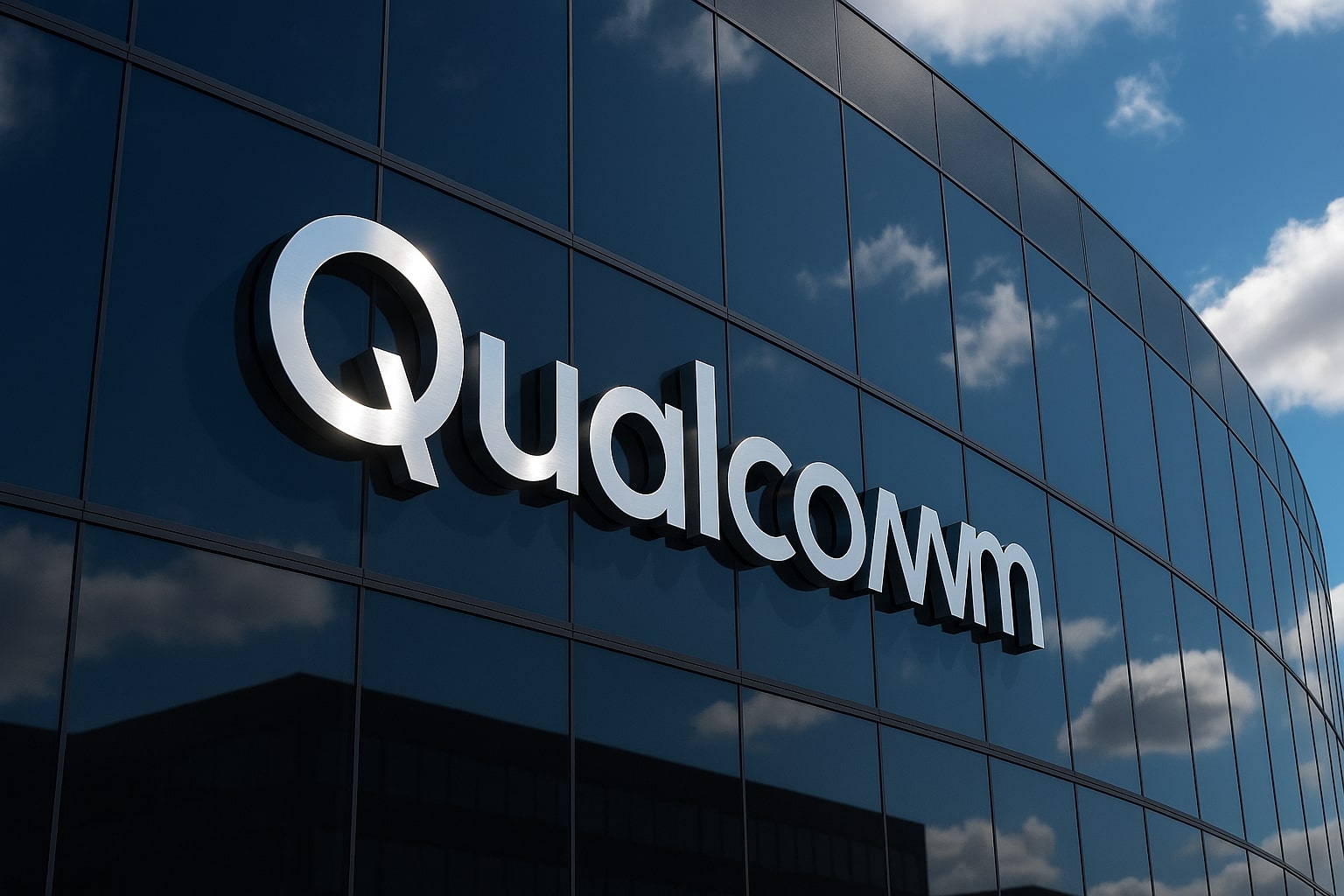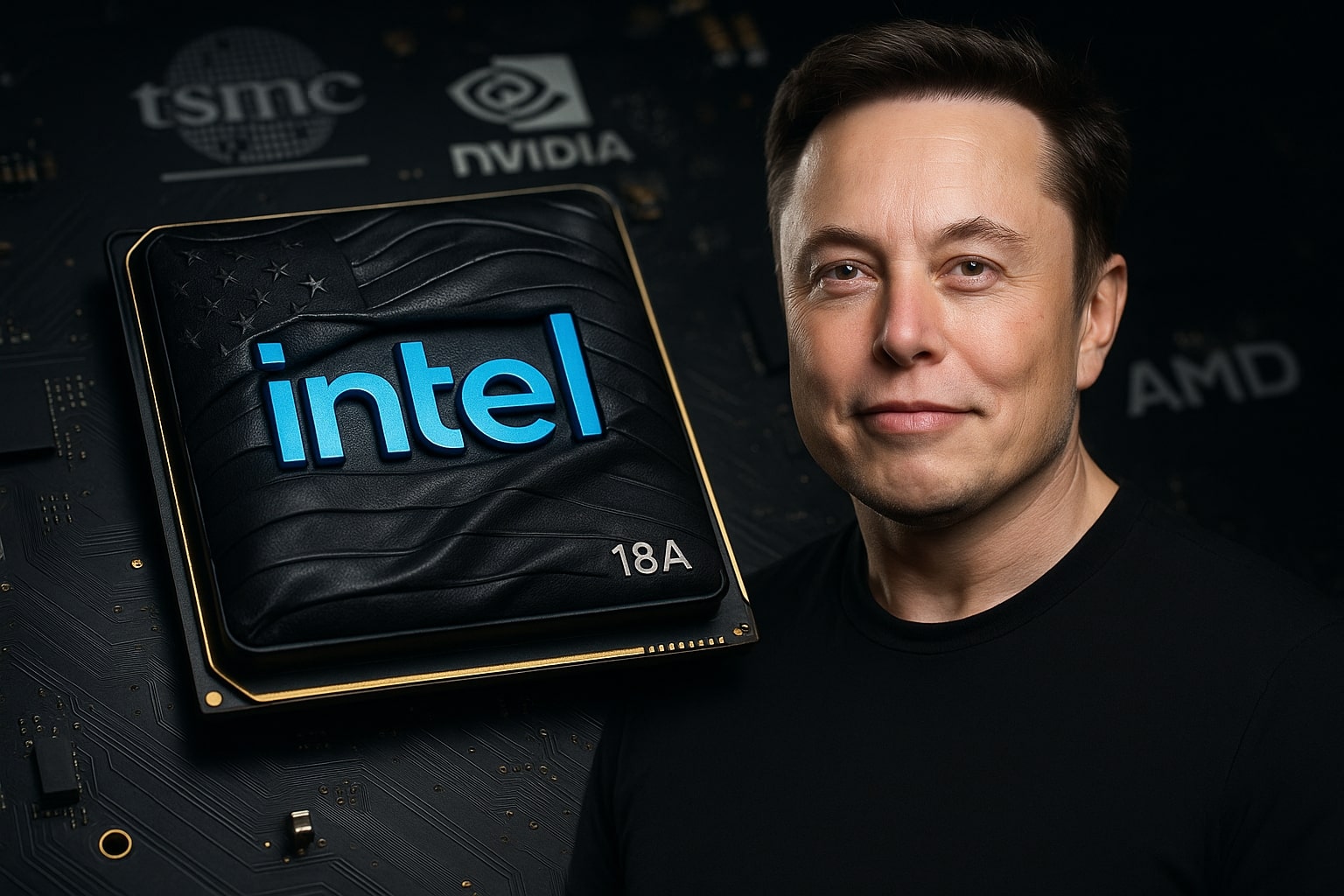
Amazon Stock (AMZN) vs MercadoLibre Stock (MELI): Who Wins the 2026 Growth Race?
Amazon (AMZN) delivers $21.19B net income, $115.9B cash flow, and a $2.66T market cap, while MercadoLibre (MELI) posts $7.41B revenue, 41% TPV growth, and 5.68% net margin | That's TradingNEWS
Amazon Stock (NASDAQ:AMZN) vs MercadoLibre Stock (NASDAQ:MELI): Which Stock Dominates Global Growth Heading Into 2026
Global Market Context: Two Titans of Digital Commerce and Technology
The competition between Amazon (NASDAQ:AMZN) and MercadoLibre (NASDAQ:MELI) defines one of the most fascinating global contrasts in modern equity markets — the clash of a trillion-dollar U.S. juggernaut reinventing cloud and AI infrastructure against Latin America’s most disruptive fintech and e-commerce ecosystem. Both are redefining how people shop, pay, and build digital businesses, but their financial trajectories reveal two very different investment realities heading into 2026.
Amazon’s Q3 2025 numbers underscored its expanding global dominance. The company posted $180.17 billion in revenue, up 13.4% YoY, while net income soared 38.2% to $21.19 billion, translating to EPS of $1.95, up 36.4%. The key driver remains Amazon Web Services (AWS), which grew 20% YoY with a 34.6% operating margin, generating nearly $8.5 billion in quarterly operating income. Meanwhile, operating cash flow surged 78% YoY to $115.9 billion, marking one of the strongest recoveries in big tech.
MercadoLibre’s Q3 2025 performance reflected aggressive regional expansion. The company reported $7.41 billion in revenue, rising 39.5% YoY, with net income up 6.05% to $421 million. Its gross merchandise volume (GMV) rose 28%, and total payment volume (TPV) advanced 41%, showing accelerating adoption of Mercado Pago across Brazil, Mexico, and Argentina. However, its net margin contracted to 5.68%, a significant decline compared to Amazon’s 11.76%, highlighting higher operational strain amid inflation and logistics costs in emerging markets.
Profit Structure: The Strength of Cash Flow vs the Cost of Growth
Amazon’s capital allocation reveals the magnitude of its ambition. While free cash flow fell 61.3% YoY to $3.12 billion, this is the result of a deliberate investment cycle — over $120 billion in TTM CAPEX directed toward AI data centers, robotics infrastructure, and fulfillment optimization. AWS alone operates with a $132 billion annualized run-rate, and its strategic deals, like the $38 billion OpenAI partnership, extend its moat beyond cloud dominance into foundational AI infrastructure. The deal grants OpenAI access to AWS’s UltraServer systems using NVIDIA Grace Blackwell chips, positioning Amazon at the heart of the world’s AI computational layer.
MercadoLibre, in contrast, continues to reinvest heavily in its logistics and fintech ecosystems, but the financial burden is mounting. Free cash flow collapsed to -$178.4 million, down 369.75% YoY, amid higher warehousing, fintech credit expansion, and tax burdens. Its operating expenses rose 32% YoY, while the effective tax rate climbed to 33.8%, squeezing margins. The company’s operating margin remains near 9.8%, but pressure from competition and macro volatility leaves little buffer for error.
Innovation and Technology: Amazon’s AI and Robotics vs MELI’s Fintech Empire
Amazon’s transformation from retailer to AI infrastructure leader is one of the most important evolutions in modern tech. It now operates over 1 million autonomous robots, reducing last-mile delivery times by up to 60% in rural U.S. regions and expanding same-day grocery coverage to 1,000+ cities. Internally, its AI suite — Rufus, QuickSuite, and Transform — drives both productivity and monetization. Rufus improves purchase conversion rates by 60%, QuickSuite automates 80% of task execution, and Transform eliminates 700,000 hours of manual labor annually, reflecting AI adoption at every layer of Amazon’s operations.
MercadoLibre’s innovation model revolves around ecosystem integration. Its Mercado Pago fintech platform, Meli+ loyalty program, and logistics operations now form one seamless consumer and merchant environment. The company reached 76.8 million unique active buyers (+26% YoY) and 72 million fintech users (+29%), while its credit portfolio expanded 83% YoY to $11 billion. Mercado Pago processed $190 billion in TPV last quarter, making it the largest digital payments network in Latin America. Unlike Amazon, whose innovations scale globally, MELI’s strength lies in deep local adaptation — transforming an underbanked region into a digital economy.
Valuation and Market Metrics: Scale vs Premium
At $248.41 per share, Amazon (AMZN) commands a $2.66 trillion market cap, with a P/E of 35.1, price-to-book of 7.07, and return on capital at 9.73%. It holds $94.2 billion in cash, $727.9 billion in total assets, and $358.3 billion in liabilities, reflecting unmatched financial resilience. Its equity base of $369.6 billion offers flexibility to fund AI and logistics expansion without diluting shareholders.
MercadoLibre (MELI) trades near $2,070.59 per share, with a $106.9 billion market cap, a forward P/E of 51.6, and a price-to-book ratio of 17.12, signaling a premium valuation relative to its growth risks. While return on capital is 11.74%, cash reserves are just $4.09 billion (-38.6% YoY), and liabilities have ballooned 63.6% YoY, underscoring balance sheet vulnerability. The disparity between valuation and free cash flow raises concern that MELI’s premium pricing already reflects perfection.
Regional and Competitive Landscape: Global Expansion vs Local Defense
MercadoLibre dominates e-commerce across Latin America, yet competition is rising fast. Amazon’s entry into Brazil’s fulfillment market with free FBA logistics threatens MELI’s regional dominance. Additionally, Shopee and TikTok Shop are expanding aggressively in Brazil and Mexico, capturing low-ticket sales and compressing MELI’s take rates. Argentina’s hyperinflation — surpassing 140% YoY — and currency devaluation pressures further distort profitability.
Amazon’s challenges are global but predictable: regulatory scrutiny, rising CAPEX, and macro headwinds. Still, its operating cash flow of $130 billion TTM provides massive reinvestment capacity. By expanding AWS into sovereign cloud projects and partnering with enterprises through its Bedrock AI framework, Amazon is embedding itself into the infrastructure layer of the global economy.
Read More
-
JEPQ ETF (NASDAQ:JEPQ) Climbs Toward $59 as 10.3% Yield and $31B AUM Cement Its Status as JPMorgan’s Income Powerhouse
10.11.2025 · TradingNEWS ArchiveStocks
-
XRPI & XRPR ETFs Rally Over 8% as XRP Trades Above $2.53 — DTCC Listings Ignite Institutional XRP ETF Boom
10.11.2025 · TradingNEWS ArchiveCrypto
-
Natural Gas Price (NG=F) Surges Above $4.40 as Record LNG Exports and Tight Storage Ignite Bullish Winter Rally
10.11.2025 · TradingNEWS ArchiveCommodities
-
USD/JPY Price Forecast - Dollar/Yen Steadies Near 154.00 as U.S. Fiscal Optimism Offsets BoJ Policy Caution
10.11.2025 · TradingNEWS ArchiveForex
Macroeconomic and Policy Impact: Inflation, Rates, and Currency Exposure
Global monetary policy divergence continues to shape both Amazon (NASDAQ:AMZN) and MercadoLibre (NASDAQ:MELI) performance trajectories. The Federal Reserve’s gradual easing outlook has strengthened U.S. equities, supporting Amazon’s valuation expansion as bond yields retreat from 5%. A softer dollar enhances international earnings translation for AMZN’s overseas operations, particularly in Europe and Asia. Lower financing costs also reduce Amazon’s weighted average cost of capital (WACC), allowing for more aggressive reinvestment in AI infrastructure.
MercadoLibre operates under the opposite macro reality — Latin America’s inflation volatility remains severe. Argentina’s inflation, still above 140% YoY, forces constant repricing and compresses real margins. Brazil’s Selic rate, while cut to 10.75%, remains among the highest globally, raising credit costs for Mercado Credito borrowers and slowing fintech loan expansion. Currency devaluation continues to distort USD-denominated earnings, with the Argentine peso down 65% YTD. These headwinds limit MELI’s EPS visibility compared to Amazon’s predictable monetary backdrop.
Investor Sentiment and Forward Multiples: Market Positioning and Analyst Outlook
Analyst sentiment reinforces the widening valuation gap. 38 analysts rate Amazon a “Strong Buy”, projecting an average 12-month target of $315, while MELI’s 26 analysts lean toward “Moderate Buy” with a target of $2,650, reflecting caution amid macro risks. Hedge funds have increased Amazon exposure in Q4 2025 due to stable AI cash flow visibility, while institutional positioning in MELI has turned defensive, favoring short-term trading over accumulation.
Forward multiples further reflect sentiment: Amazon’s 2026 forward EV/EBITDA at 17.9x appears justified by AWS growth and ad monetization; MercadoLibre’s EV/EBITDA above 35x prices in perfection despite regional fragility. Options data show Amazon’s call-to-put ratio at 1.72, signaling bullish conviction, while MELI’s stands at 1.04, showing neutral-to-cautious positioning. Investor confidence remains anchored to Amazon’s diversification and free cash flow scalability, while MELI trades more as a leveraged regional growth bet than a global compounder.
Operational Efficiency and Margin Dynamics
Amazon’s scale advantage remains staggering. It operates with an 11.76% net margin, $36.7 billion EBITDA, and 24.59% effective tax rate. Its return on assets (ROA) of 7.06% outpaces peers across both retail and cloud. Every percentage point of AWS margin expansion adds roughly $3.5 billion in incremental operating income.
MercadoLibre’s EBITDA of $933 million and 5.68% net margin underscore its efficiency constraints. Its liabilities-to-assets ratio jumped to 83%, and leverage magnifies exposure to currency depreciation. The company’s return on assets of 5.2% trails Amazon’s by nearly two percentage points, a meaningful gap in capital efficiency.
Strategic Outlook: AI Supremacy vs Fintech Saturation
Amazon’s forward trajectory is defined by multi-layered monetization. AI products like Amazon Q, Bedrock, and CodeWhisperer will deepen AWS’s moat, driving projected operating margin expansion to 20% by 2029. Analysts forecast $200 billion annual operating income, supporting potential valuation above $5–7 trillion. With AI now converging with retail, advertising, and logistics, Amazon’s profit engine extends far beyond traditional e-commerce.
MercadoLibre remains a phenomenal regional growth story, but saturation looms. With 35% forward revenue growth and 48% EPS growth, it continues to outpace Amazon in top-line expansion. However, heavy competition, currency instability, and regulatory pressure cap its scalability. Future performance depends on whether MELI can maintain double-digit credit growth without default risk or cash flow erosion.
TradingNews Verdict: BUY Amazon (NASDAQ:AMZN) | HOLD MercadoLibre (NASDAQ:MELI)
After analyzing all metrics — profitability, free cash flow, capital efficiency, innovation, and macro exposure — Amazon (AMZN) is the clear BUY. At $248, it offers a superior mix of scale, liquidity, and margin resilience, with net income growth of 38%, operating cash flow up 78%, and expanding AI monetization. A realistic 2026 target range sits at $300–$320, assuming continued AWS and retail expansion.
MercadoLibre (MELI), trading near $2,070, remains a HOLD. Despite exceptional growth and market leadership, deteriorating cash flow and inflation risk warrant caution. Unless margins recover above 10% and FCF turns positive, the upside appears capped near $2,800 short-term.
In 2026’s investment landscape, Amazon’s AI and infrastructure power make it the dominant long-term winner, while MercadoLibre’s regional growth remains high-risk, high-reward. One is building the global operating system for the digital economy; the other is digitizing an entire continent — both remarkable, but only one has the balance sheet and scale to win the next decade.
View Amazon (NASDAQ:AMZN) Live Chart
View MercadoLibre (NASDAQ:MELI) Live Chart


















